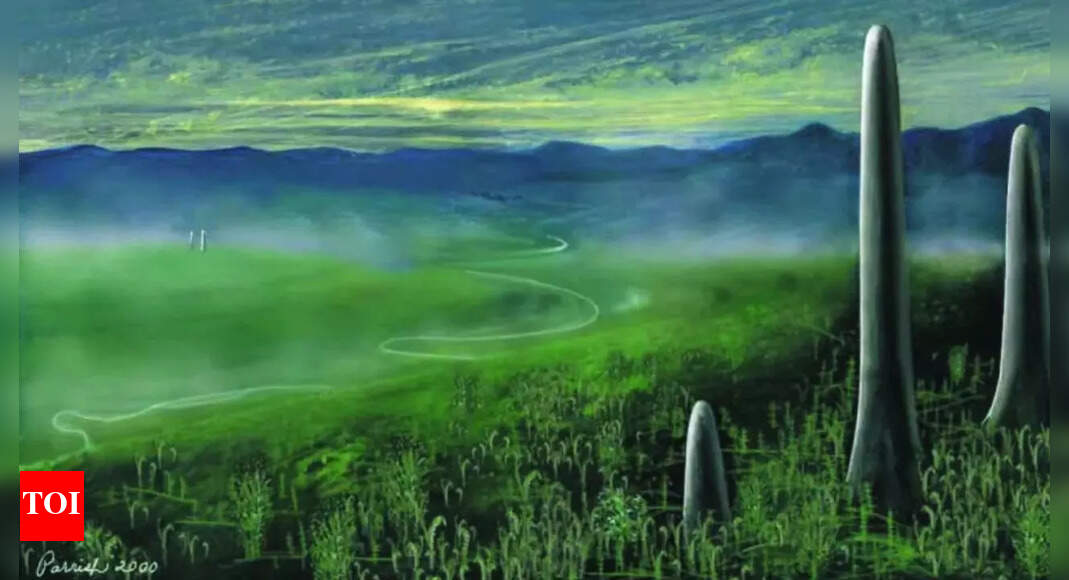For centuries, plants were seen as the first colonisers of land, but new research reveals that fungi ruled terrestrial ecosystems long before plants took root. Emerging hundreds of millions of years earlier, fungi…
Category: 7. Science
-
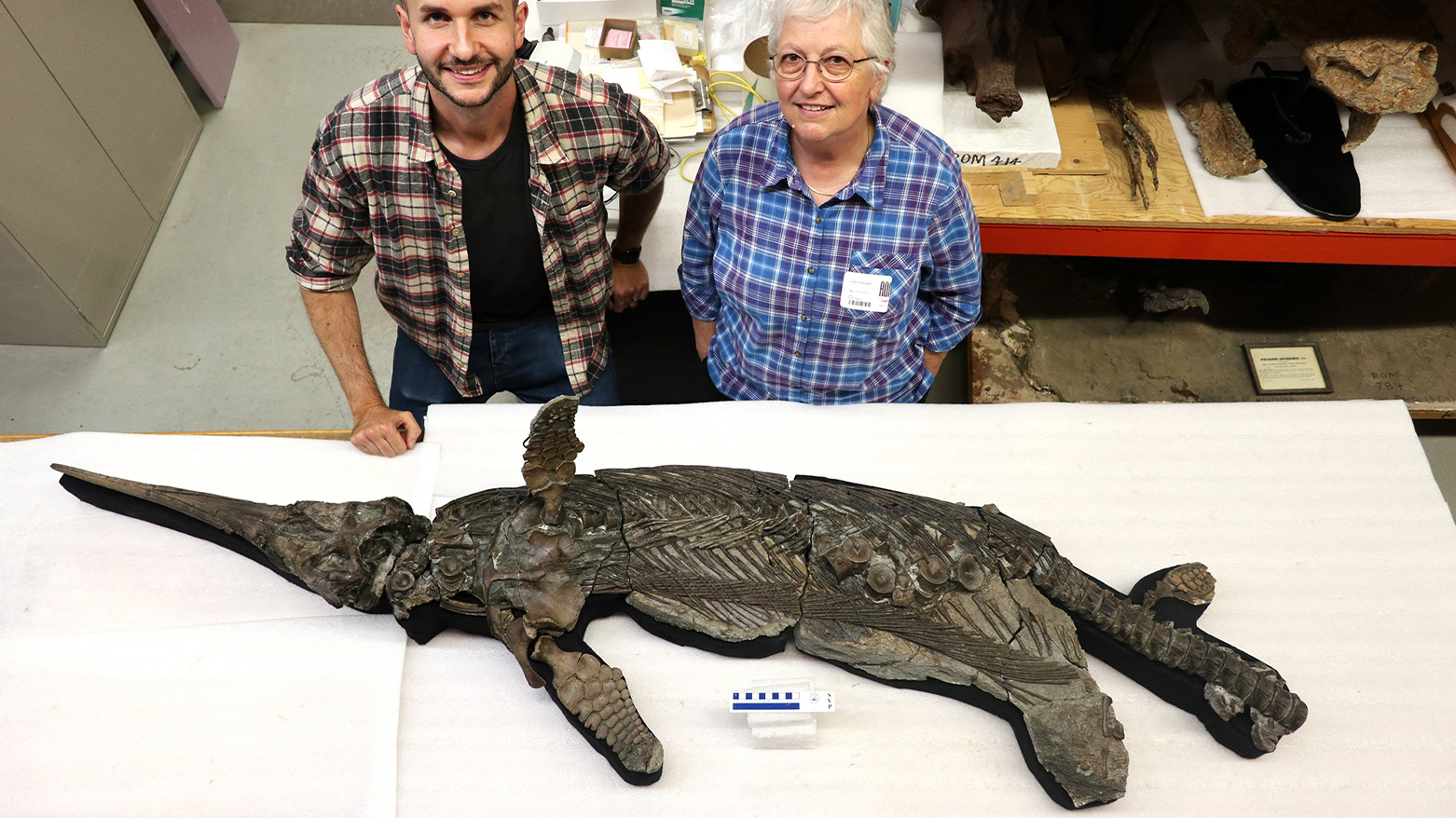
New ‘Sword Dragon’ Fossil Unearthed on England’s Jurassic Coast
A near-complete 190-million-year-old fossil found on Dorset’s Jurassic Coast has been identified as a new “sword dragon” ichthyosaur species.
ERBIL (Kurdistan24) – In a remarkable discovery that has provided a crucial new…
Continue Reading
-

Bridging the Sex and Gender Gap in Biomedical Science
Modern medical research plays a vital role in generating knowledge that can be translated into clinical practice to improve healthcare. Yet despite legislative progress, sex bias persists: male subjects – whether cells, animals or humans…
Continue Reading
-
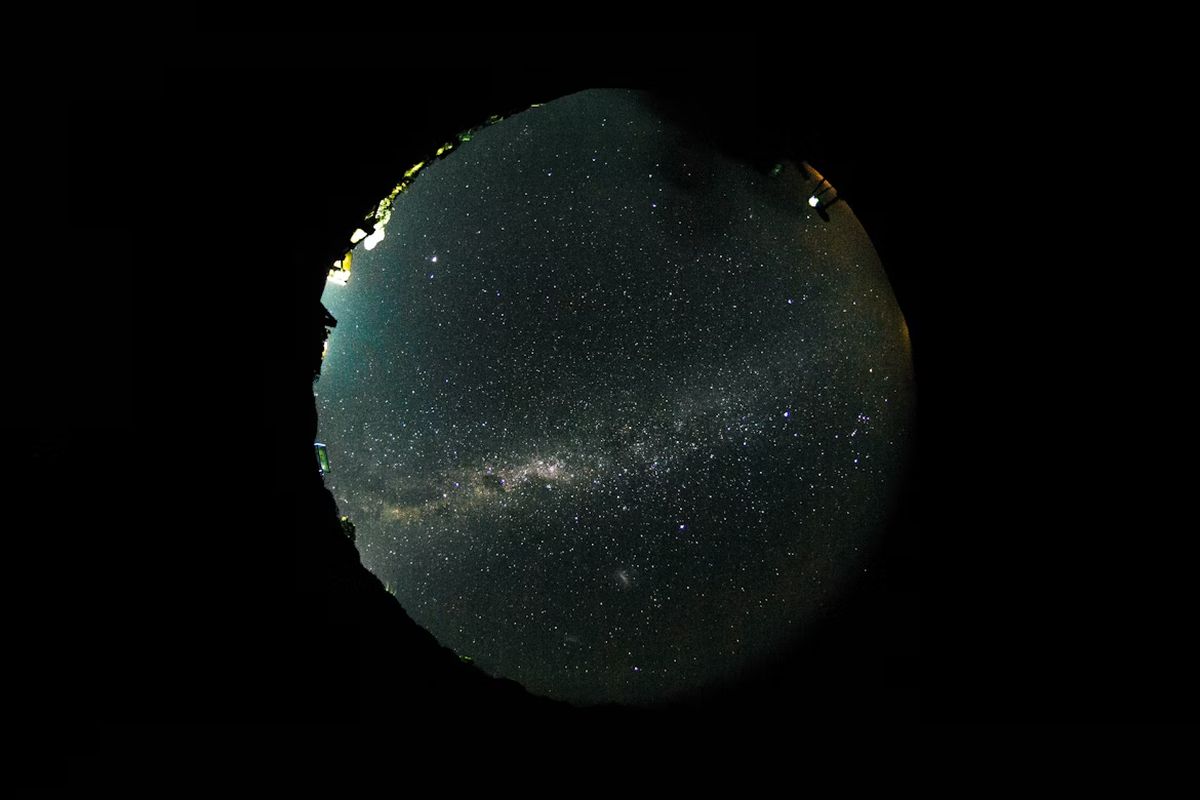
Have Astronomers Finally Found The Universe’s First Dark Stars?
Within the first few hundred million years after the Big Bang, the universe’s first stars began to form from clouds of hydrogen and helium. However, observations from the James Webb Space Telescope (JWST) have revealed objects in…
Continue Reading
-
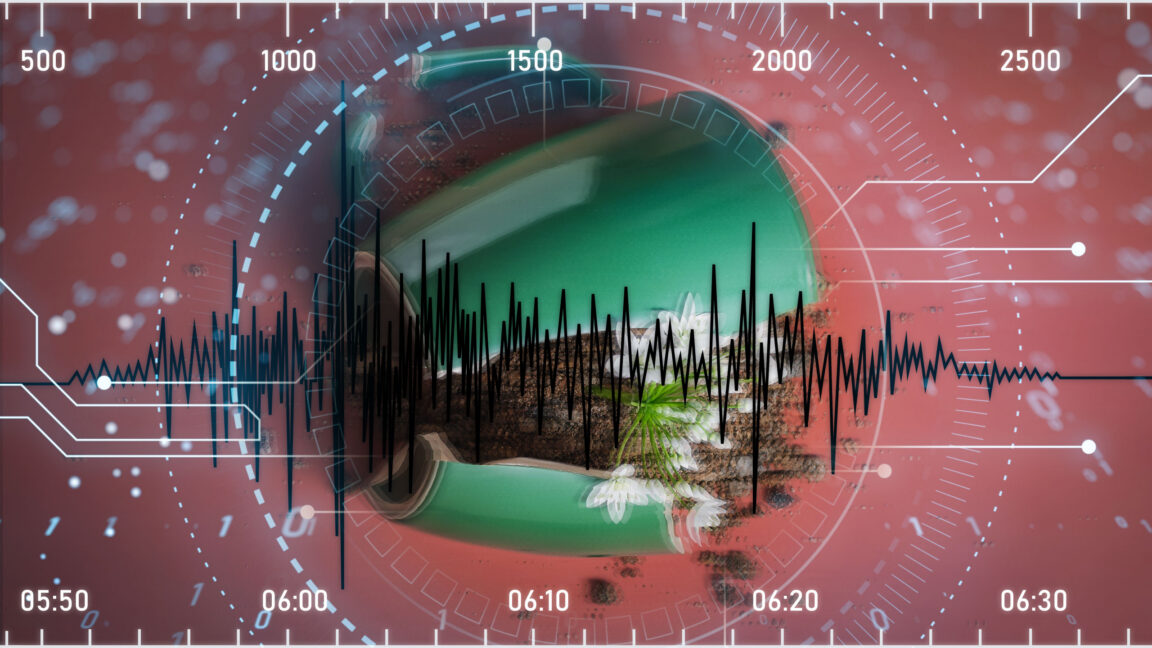
“Like putting on glasses for the first time”—how AI improves earthquake detection
On January 1, 2008, at 1:59 AM in Calipatria, California, an earthquake happened. You haven’t heard of this earthquake; even if you had been living in Calipatria, you wouldn’t have felt…
Continue Reading
-
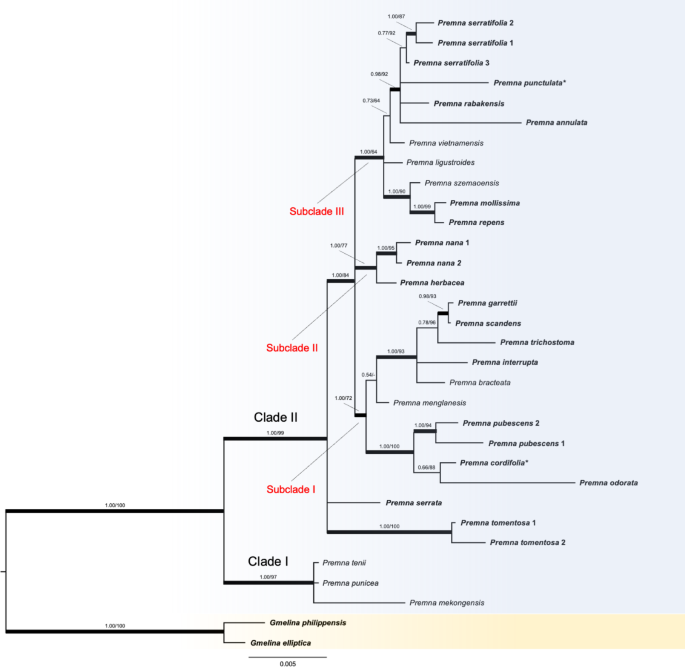
Molecular phylogeny and taxonomic notes on Premna (Lamiaceae) in Thailand
Phylogenetic reconstruction
By using multi-locus approach of four chloroplast markers, this study provided the first phylogenetic relationships with emphasis on species of Premna in Thailand (bolded species, Fig. 1). Our findings are strongly…
Continue Reading
-
Just a moment…
Just a moment… This request seems a bit unusual, so we need to confirm that you’re human. Please press and hold the button until it turns completely green. Thank you for your cooperation!
Continue Reading
-
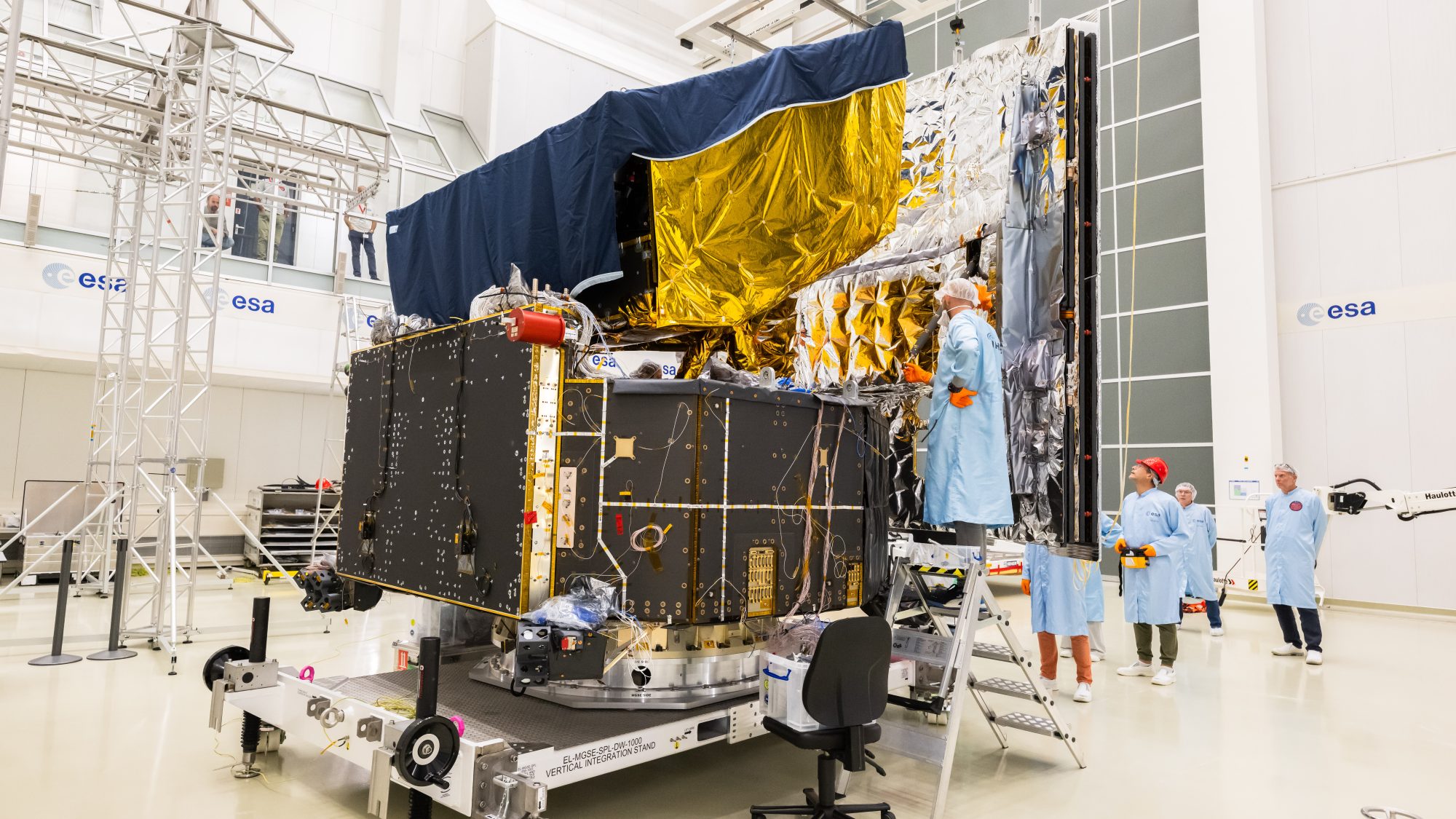
Set to hunt for Earth-like planets
The European Space Agency (ESA) has officially completed the construction of its latest deep-space observatory, Plato, marking a crucial step in its mission to discover Earth-like planets beyond our solar system.
The spacecraft, designed to…
Continue Reading
-

Impact of an Alu insertion on the cellular localisation of tissue factor protein
Williams, J. C. & Mackman, N. Tissue factor in health and disease. Front. Biosci. (Elite Ed) 4(1), 358–372 (2012).
Google Scholar
McDonald, A. G., Yang, K., Roberts, H. R.,…
Continue Reading
-

Single-cell multi-omic and spatial profiling of esophageal squamous cell carcinoma reveals the immunosuppressive role of GPR116+ pericytes in cancer metastasis
Gerstberger, S., Jiang, Q. & Ganesh, K. Metastasis. Cell 186, 1564–1579 (2023).
Google Scholar
Yang, H., Wang, F., Hallemeier, C. L., Lerut, T. &…
Continue Reading
